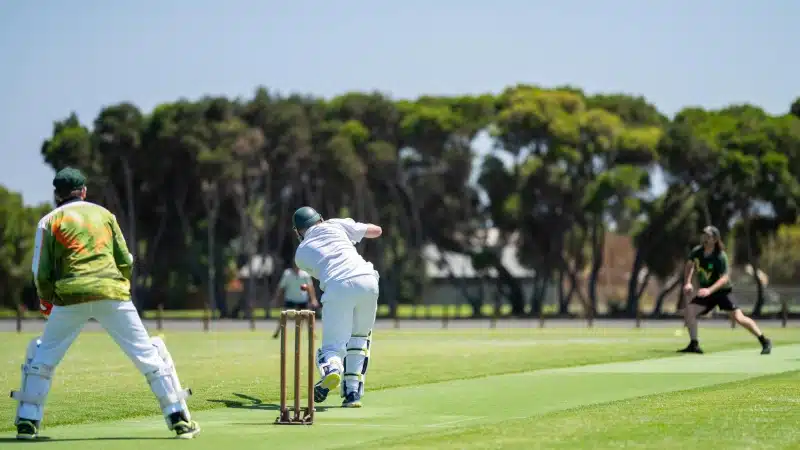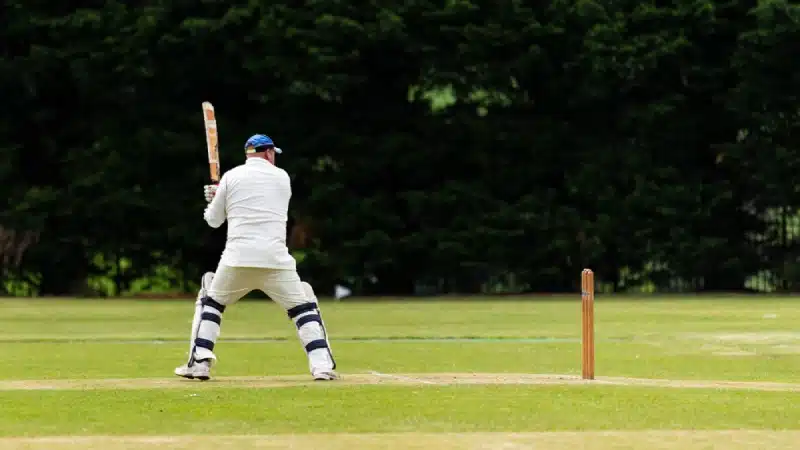
England set their highest ever score at a World Cup on Tuesday at the Old Trafford Stadium in Manchester when they piled up 387 runs against Afghanistan. Their captain Eoin Morgan led from the front and top scored with a massive century, that included a world record 17 sixes. Morgan’s six-show means that England have now scored in excess of 300 runs in all the games at this World Cup when they have batted first, living up to the billing of being one of the most explosive cricket teams in the globe.
While they may be scoring north of 300 for fun at the moment, that wasn’t always the case with this English side, who have practically come a full circle since their disastrous early exit at the previous World Cup held in Australia and New Zealand. Their average first innings score in World Cup 2015 was a mere 245. They also ended up conceding in excess of 260 runs in two of the three matches they fielded first.
The English batsmen seemed to be stuck in a time void of the 2000s, unaware of how the game had evolved over the years with aggressive opening batsmen and hard-hitting finishers becoming the new normal. The likes of Ian Bell, James Anderson and Stuart Broad, who were their strongest assets in Test cricket, were starting to become the bottlenecks in white ball cricket owing to their predictable, one-dimensional approach.
Listen: From the English Isles
Despite the early World Cup exit, England’s then captain Morgan kept his place and the southpaw batsman showed the world exactly how good his leadership was. Recognizing the need to change their approach to the game, Morgan brought in younger, more attack-minded openers into the fray in the shape of Jason Roy and Jonny Bairstow. With Anderson and Broad being phased out of the ODI setup, more versatile bowlers with plenty of variations were given chances. These included Mark Wood, Tom Curran and most recently, Jofra Archer.
Another important aspect that the 2015 English side lacked was more depth in their all-rounders' department, with Moeen Ali being required to bowl all his ten overs. The England team generally lined up with four pacers and a spin bowling all-rounder in Ali; and struggled on days when one of the bowlers had a bad day. The reintroduction of Ben Stokes into the ODI setup was one of the best decisions taken by their team management. His inclusion meant that the Three Lions line-up had two genuine all-rounders in their top seven, thus, adding more batting strength to the playing XI.
Read: Morgan slams a record breaking ton
The chances paid dividends, as England went on to score in excess of 300 runs in 45 games since the 2015 World Cup, which was more than any other team during that period. The opening pair of Jason Roy and Jonny Bairstow were allowed the license to attack from the start, with the knowledge that the likes of Joe Root and Morgan can stabilize an innings if the openers got out cheaply. Dropping Jos Buttler down to number six after a brief stint as the opener was another masterstroke from captain Morgan, as he allowed England to finish an innings strongly.
The results are for all to see as, under Morgan’s leadership, England went from being ranked ninth in the world to being the top-ranked team in limited overs cricket. He helped change the mentality of the English team, imbibing a sense of aggression and urgency which has made the Three Lions one of the favourites to claim the crown on their home turf.
Feature image courtesy: AFP Photo/ Ishara S.Kodikara




















